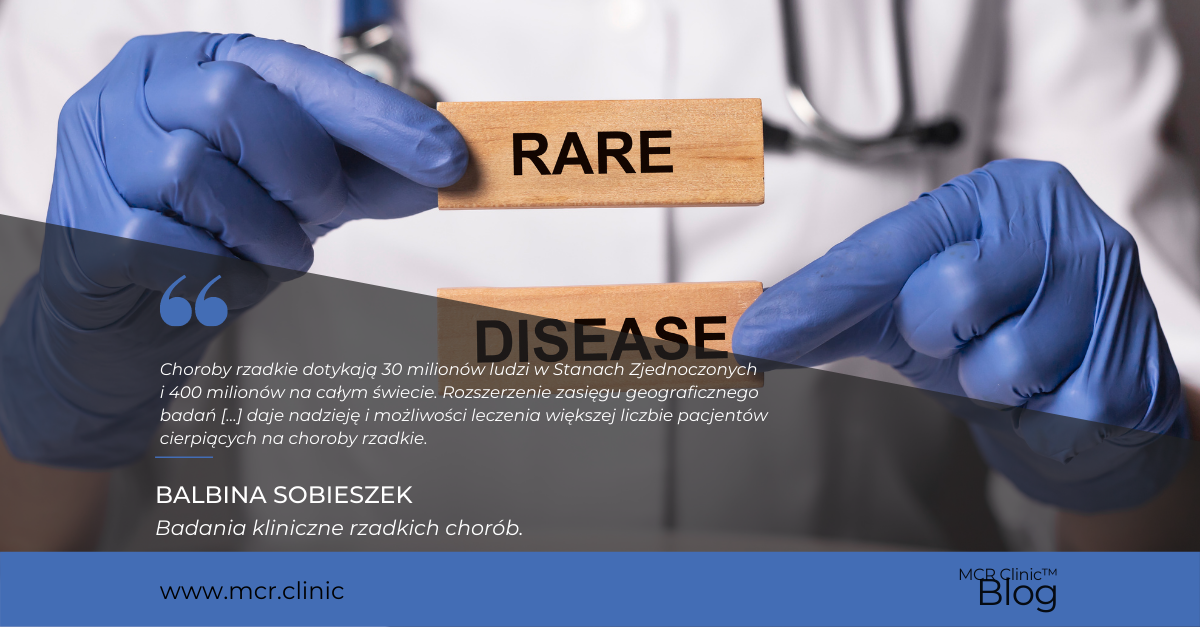Of the more than 7,000 rare diseases identified, only 5% have an approved treatment. Despite significant advances in clinical research in recent years, there is still much opportunity for improvement in rare disease work.
Clinical research on rare diseases is challenging
The small and geographically dispersed locations of treatment centers, disease heterogeneity, and incomplete natural history of the disease greatly complicate the process.However, there are real steps we can take to facilitate the process and enable the development of innovative therapies.
A Global community of patients
Rare diseases affect 30 million people in the United States and 400 million worldwide. Expanding the geographic reach of research not only alleviates the limitations of the size of clinical trials for uncommon conditions but also provides hope and treatment options for more patients with rare diseases. However, it is important to be aware that standards of care and patient management may vary around the world.
Clinical trials closer to the patients
The COVID-19 pandemic has significantly reduced the availability of clinical trials for uncommon illnesses. Clinical trials often require frequent visits to study sites for periodic evaluations. These visits are often extremely inconvenient for patients with uncommon diseases who may not be able to travel long distances easily. Some patients are wheelchair and ventilator dependent, and travel requires the assistance of one or more caregivers or family members. Moreover, during the COVID-19 pandemic, travel was even more difficult and risky, especially for patients with weakened immune systems.
In response to this problem, remote visits through video technology and visiting nurses are becoming more common. Decentralized clinical trials that take advantage of technological advances have long been seen to increase research participation and inclusion; however, it was not until the global pandemic that this evolution was catalyzed.
Close collaboration is key in research
Developing drugs for rare diseases is a team effort. Close collaboration between patients, families, foundations, physicians, and industry organizations is essential. Many key aspects of conducting clinical trials – including study design, endpoint selection, natural history work, study recruitment, and patient retention – require input from those most familiar with the disease. Collaboration with patients, their families, and support organizations is essential to understanding the patient experience. Truly understanding the patient experience is impossible unless you actually experience it yourself but listening and learning about what treatment success looks like from their perspective can and should influence the way you think about endpoints and clinical effectiveness.
The primary goal of these efforts is to improve the quality of life for those with the disease. While the population of patients with a given uncommon disease may be small, the total population of all patients with rare conditions is significant. We strive to give these individuals hope, and they give us purpose. It is important that we continue to build the foundation for developing breakthrough treatments for the rare disease patient community around the world.
Sources:
https://www.clinicalleader.com/doc/rare-disease-clinical-trials-areas-we-could-improve-on-0001




